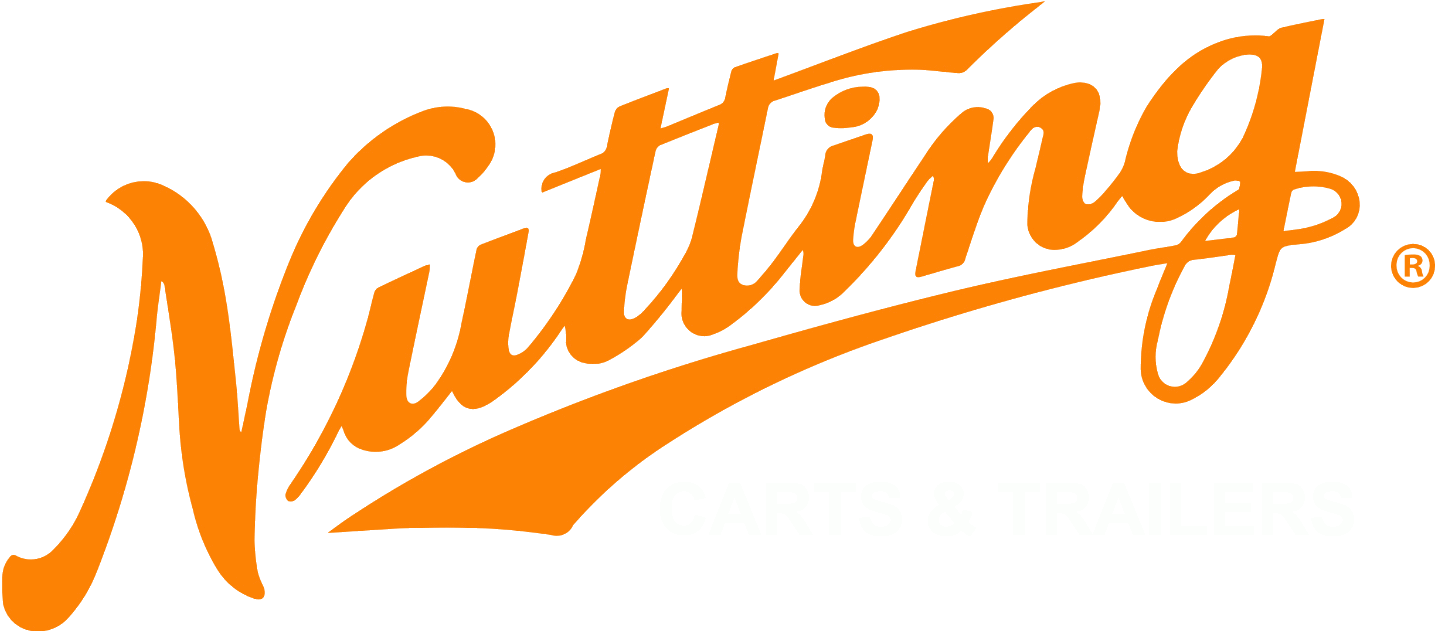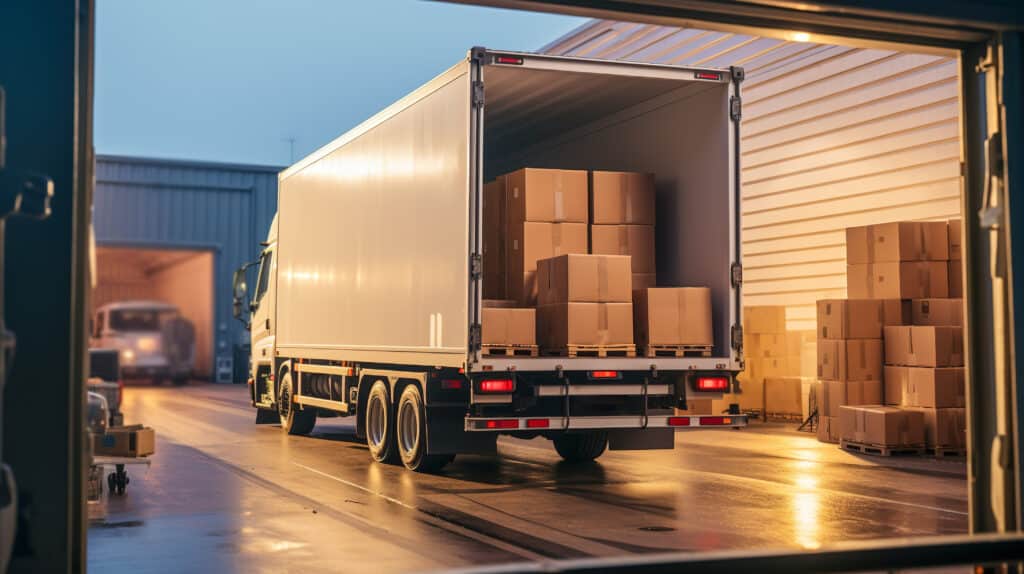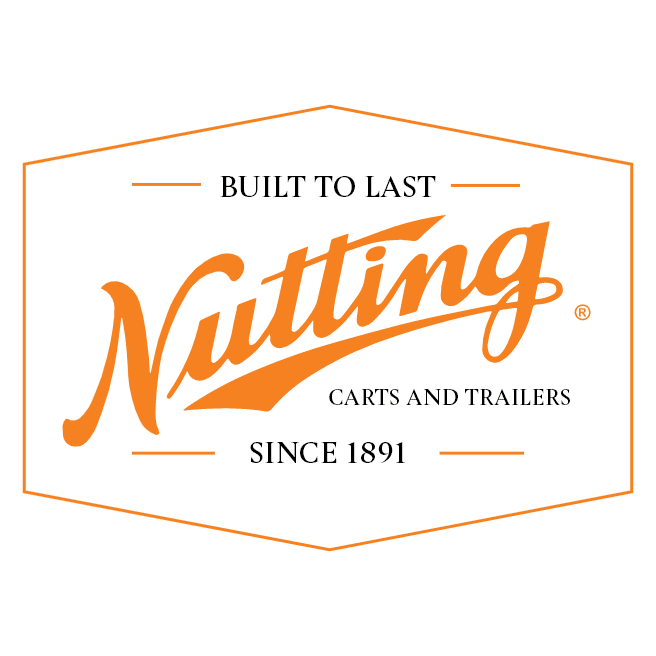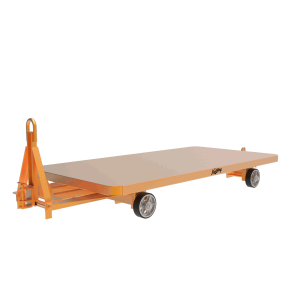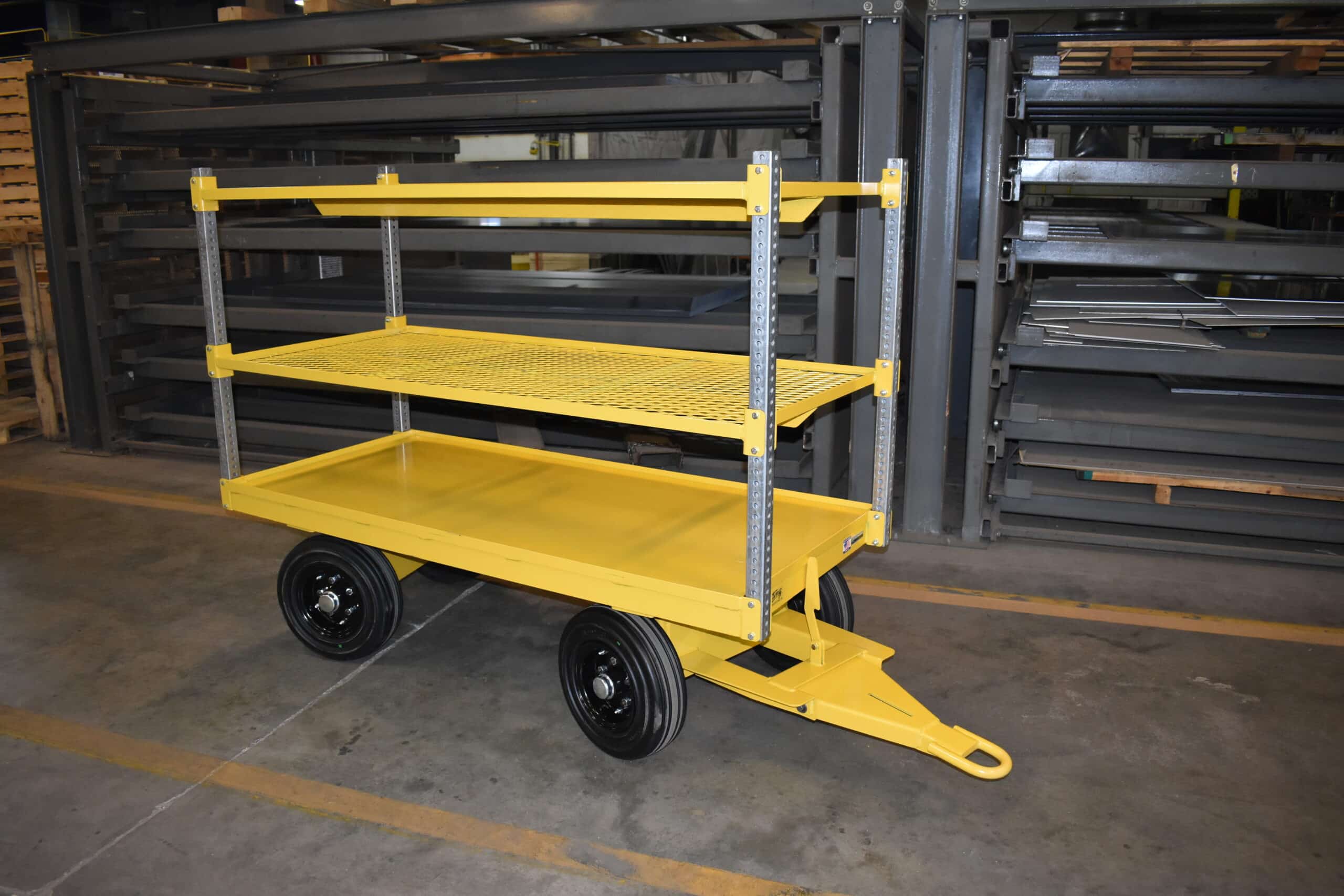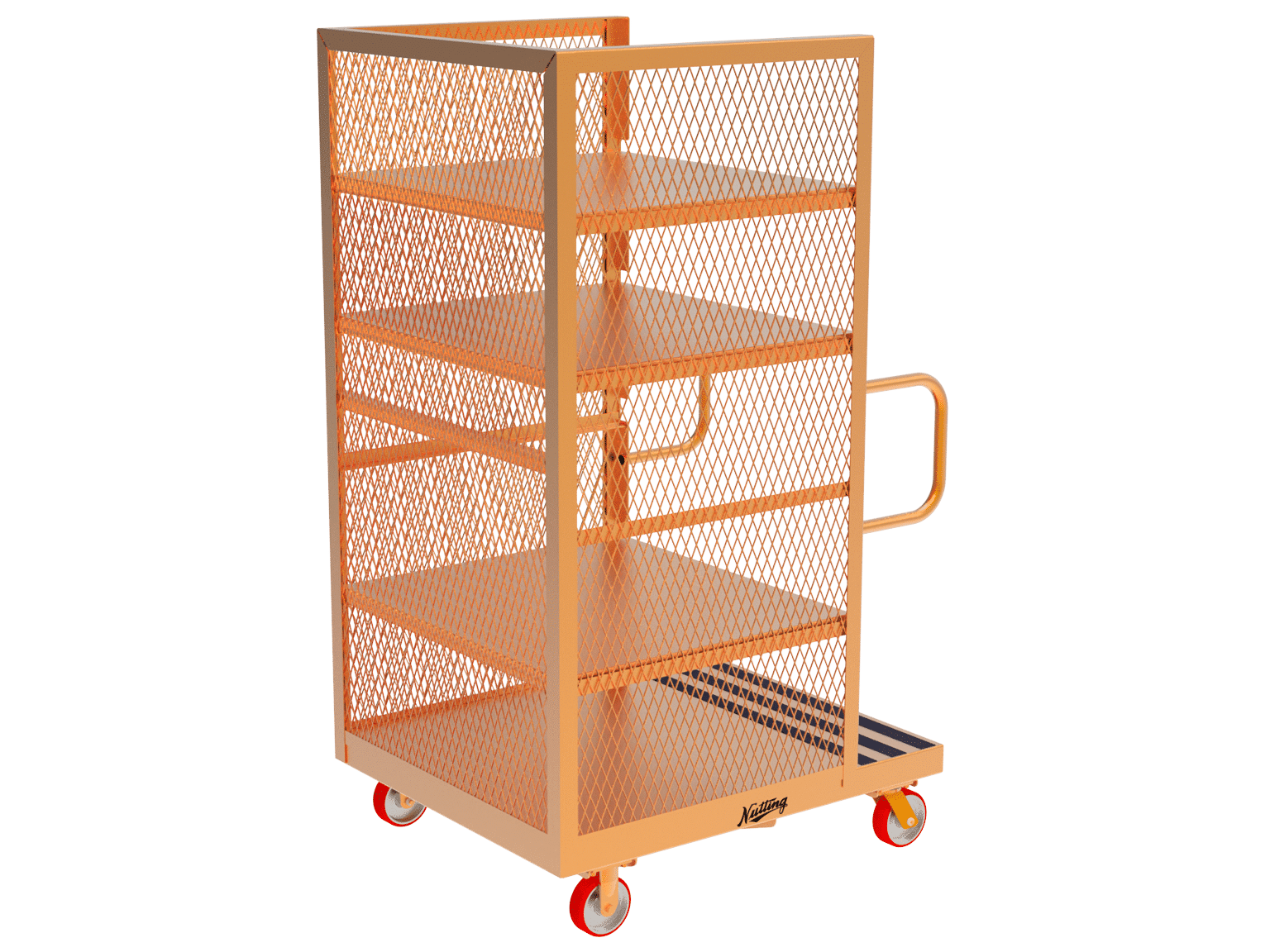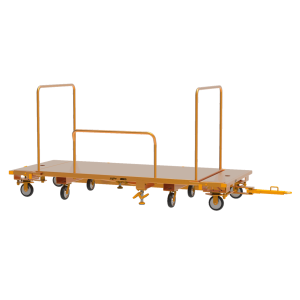Learn to boost warehouse or distribution center efficiency through automation and using Nutting’s custom carts and smart loading dock strategies.
Loading logistics, a fundamental aspect of warehouse management, involves efficiently moving goods from storage to transportation vehicles. The efficiency of your loading logistics impacts the effectiveness of the supply chain.
Today’s warehouse managers face the challenge of keeping up with evolving industry standards and adapting to technological advancements. This article will focus on actionable strategies and innovative practices that can take your loading processes to the next level, ensuring they meet the demands of a dynamic and fast-paced market.
Key Components of Loading Logistics
Understanding the different elements of the loading logistics process is an important starting point for those looking to optimize operations. Let’s take a look at some of these key components of loading logistics:
Loading Dock Layout: The design and organization of the loading dock area are critical for efficient operations. An optimal layout ensures easy maneuverability for trucks, adequate space for loading/unloading, and proper safety measures.
Customized Cart and Trailer Equipment: Tailored carts and trailers, designed to fit specific product sizes and shapes, can significantly improve loading efficiency. Custom equipment allows for faster, safer loading and unloading and better space utilization in transportation. Equipment can be customized for specific inventory needs or specific warehouse layout needs. For example, mother-daughter carts can allow orders to be packed, palletized, stored, and eventually loaded without transferring the pallets from cart to cart.
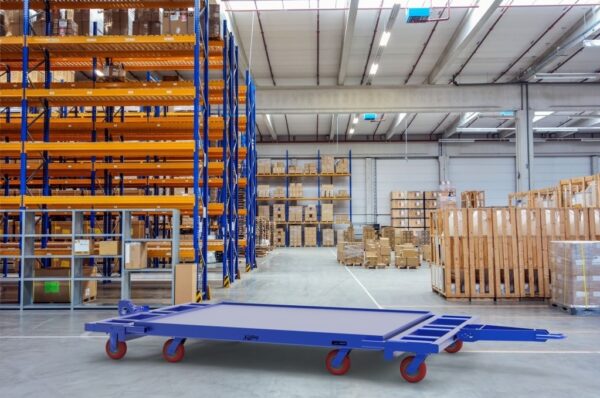
FTL and LTL Strategies: Balancing FTL (full truckload) and LTL (less-than-truckload) shipments is an important part of the process. While full truckloads are cost-effective for large shipments, LTLs fill the gap for smaller, more frequent deliveries. Smart allocation of shipment sizes can significantly reduce costs and improve delivery times. It’s about finding the right mix that aligns with your shipping volume and frequency.
Pallet Management: Pallets are more than just a platform for loading and unloading goods. They are a tool for optimizing packing space. Because pallets are standardized based on truck-bed size, effective pallet packing, and stacking — considering size, material, and design — can lead to better space utilization and safer, more efficient loading practices.
Dock Levelers: A bridge-like device that adjusts the height between warehouse floors and transport vehicles, dock levelers play a key role in safe and efficient loading practices. The right leveler can accommodate various truck heights, streamline the loading process, and reduce the risk of product damage or workplace injuries.
Providers and Logistics Companies: Entities specializing in supply chain services, logistics providers, and companies facilitate efficient movement and management of goods, offering access to larger networks, advanced technology, and industry best practices. This collaboration is key for enhancing supply chain operations.
TMS and WMS: A Transportation Management System (TMS) and Warehouse Management System (WMS) are valuable tools to implement for loading logistics. TMS can optimize routing and delivery schedules, while WMS provides real-time inventory visibility and facilitates efficient warehouse space utilization. Together, they create a cohesive system that enhances the overall efficiency of loading operations.
Fine-tuning these components can significantly improve operational efficiency and cost savings. Let’s take a closer look at how technology can make an impact.
Tools for Enhancing Loading Efficiency
In loading logistics, the adoption of the right tools can help maintain a competitive edge and operational efficiency. Let’s explore how innovations like mobile apps, custom equipment, automation, and TMS play a key role in the industry.
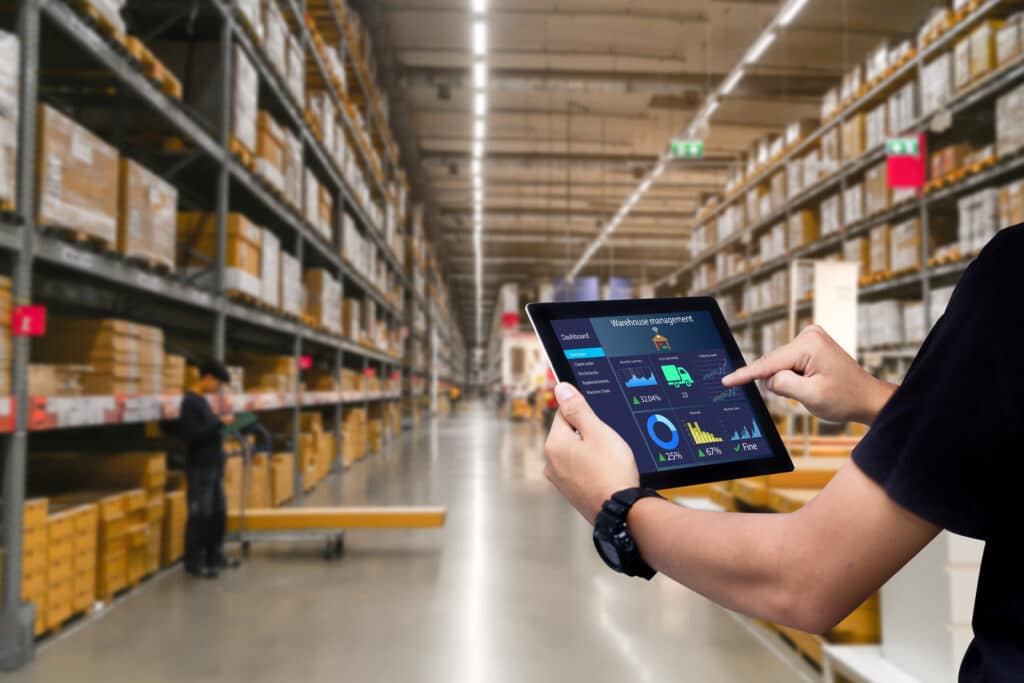
Mobile Apps in Loading Operations
Mobile technology offers a high level of flexibility and connectivity to loading logistics. Apps can provide real-time updates on inventory levels, shipment statuses, and delivery schedules, enabling quick decision-making and on-the-go management. This immediacy of information can optimize loading processes, even from remote locations.
The Role of Automation
Automated systems, like conveyors and robotic loaders, can significantly reduce manual labor requirements, minimize errors, and increase throughput. This not only boosts productivity but also enhances safety by reducing the need for manual intervention in potentially hazardous tasks.
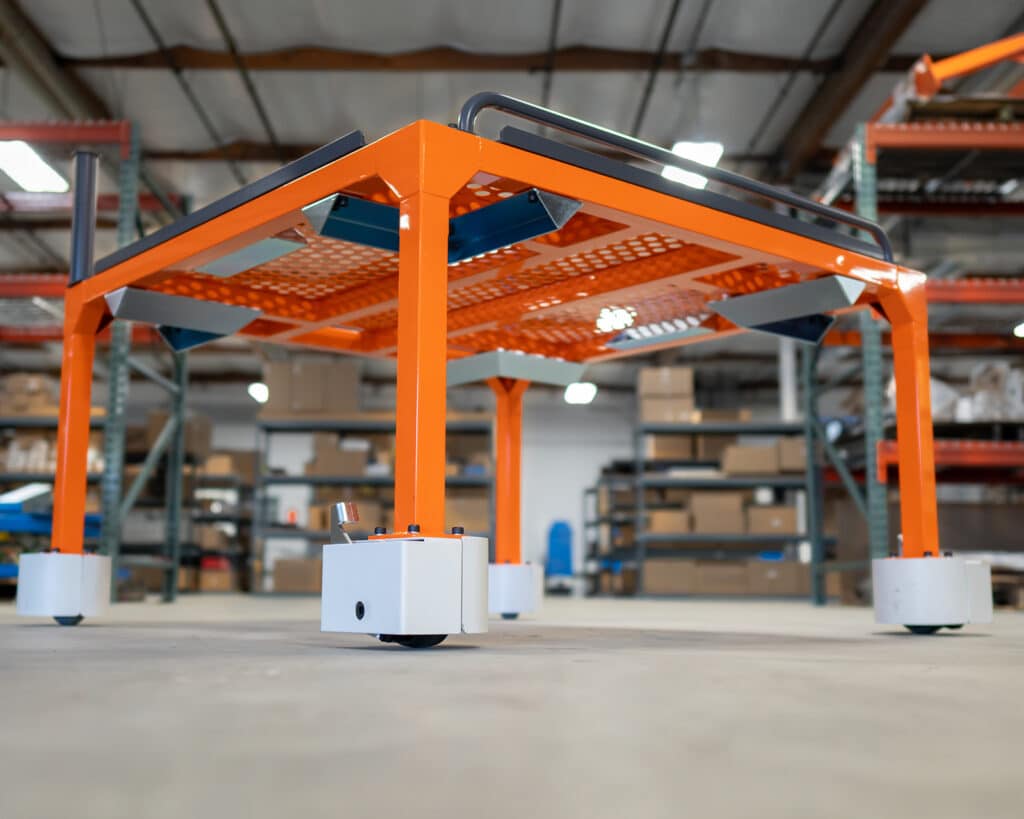
Optimizing with Integrated WMS and TMS
Integrating Warehouse Management Systems (WMS) and Transportation Management Systems (TMS) creates a synergistic effect in supply chain operations. A robust TMS optimizes transportation by planning efficient route schedules and managing carriers with cost-effective rate comparisons. A WMS enhances this by streamlining warehouse operations such as inventory control, order fulfillment, and loading procedures. This interplay ensures that goods are transported efficiently and managed effectively within the warehouse, leading to smoother transitions between warehouse activities and transportation, ultimately resulting in timely and cost-efficient deliveries. This integration facilitates a seamless flow of information and processes between warehousing and transportation segments, elevating the overall supply chain efficiency.
Real-Time Notifications and Efficient Operations
Integrating real-time notifications within logistics systems has dramatically improved response times to changing scenarios. This feature allows for immediate adjustments in the loading process, reducing downtime and ensuring continuous flow in the supply chain.
Strategies for Effective Loading Logistics
Achieving loading logistics efficiency requires well-executed freight management strategies, regular equipment maintenance, and effective warehousing and distribution center management. Here are some best practices that can be instrumental in optimizing your loading logistics operations.
Freight Management Best Practices
- Utilizing Load Boards: Load boards provide a platform to match shipments with carriers, ensuring truck space is utilized efficiently. Regular use of load boards can lead to cost savings and improved delivery times.
- Advanced Freight Loading Techniques: Adopting advanced loading techniques like block and brace methods or using load bars can maximize space and minimize damage during transit. Training staff in these techniques ensures goods are loaded safely and efficiently.
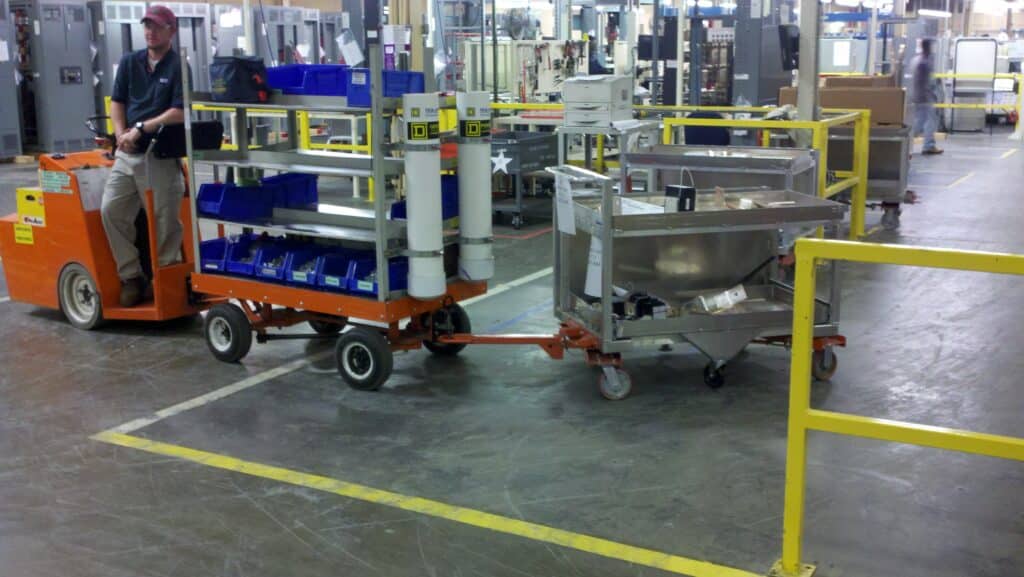
Regular Maintenance of Equipment
- Transportation Equipment: Regularly maintaining equipment like forklifts and tugger trains is key for safe and efficient operations. This includes routine checks and servicing to prevent breakdowns and ensure they operate at peak efficiency.
- Dock Levelers: Dock levelers should be regularly inspected and maintained. Properly functioning dock levelers ensure a smooth transition of goods from the warehouse to the truck, reducing loading time and minimizing the risk of accidents.
Efficient Warehousing and Distribution Center Management
Optimized Layout: The layout of your warehouse or distribution center should facilitate smooth and quick movement of goods. This might involve strategically placing high-turnover items closer to the loading dock.
Effective Inventory Management: Implementing an effective inventory management system can significantly streamline loading operations. This involves maintaining accurate records, using barcoding or RFID systems, and regularly auditing inventory.
Cross-Docking: Where possible, implement cross-docking to reduce handling and storage time. This practice directly transfers goods from incoming to outgoing trucks, bypassing long-term storage.
Collaborative and Third-Party Logistics
Third-party logistics (3PL) providers bring specialized expertise and resources to streamline loading logistics. By outsourcing to 3PLs, businesses can leverage their advanced technology, extensive networks, and industry experience.
Partnering with Shippers and Transportation Management Companies
Building strong relationships with shippers and transportation management companies is helpful in creating a more cohesive supply chain. These partnerships can lead to more tailored services and solutions, improving the efficiency of loading operations.
Joint efforts in planning and execution can result in better synchronization of the loading process, leading to reduced wait times and faster turnaround.
Pricing and Cost-Effectiveness in Loading Logistics
Achieving the best load solutions requires a careful balance between cost and efficiency. This might involve strategies like consolidating shipments to fully utilize truck space or optimizing routes to reduce fuel costs.
The focus should be on long-term cost savings through efficient operations rather than short-term cost-cutting measures that might compromise service quality. Dynamic pricing models, which adjust rates based on demand and capacity, can effectively maximize profitability while remaining attractive to customers.
The Future of Loading Logistics
Automation and artificial intelligence (AI) will continue to play a role in the future of loading logistics, with these technologies promising to further streamline operations, from predictive analytics for demand forecasting to automated loading systems.
Innovations in vehicle technology, such as electric and autonomous trucks, will also likely shift how goods are transported and loaded.
Get The Right Equipment For Your Loading Logistics Processes With Nutting
Visit Nutting Material Handling Solutions for more insights and discover how our innovative solutions can enhance your operations. We’re committed to providing custom cart and trailer solutions designed to meet your unique needs and challenges.
Inspired by Our Solutions? Let's Talk!

